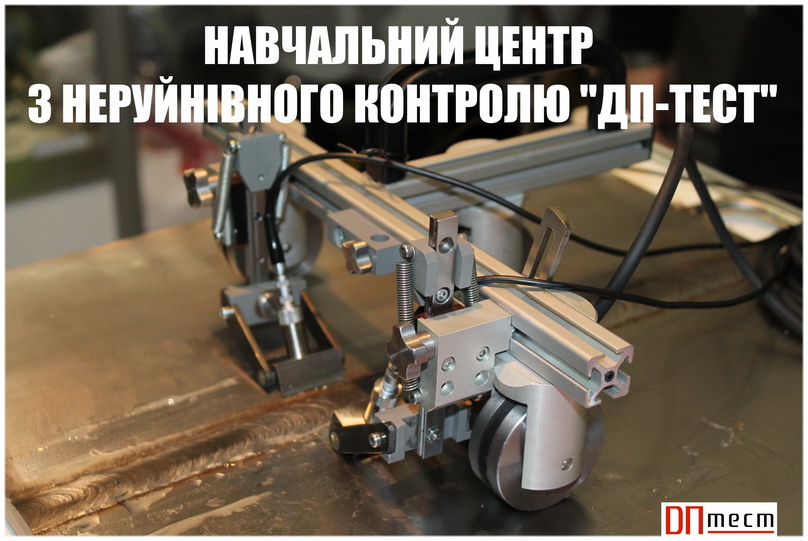The topic of this work is related to the effective monitoring of ambient temperature, which is crucial for ensuring human comfort and safety. Temperature conditions in various environments significantly impact the quality of life and health, making temperature monitoring an essential aspect for industries such as manufacturing, science, medicine, and domestic applications. Traditional temperature measurement methods are often limited due to their high cost or complexity. Therefore, the development of an affordable, convenient, and portable system for real-time temperature measurement and monitoring is highly relevant today.
- Hits: 287








